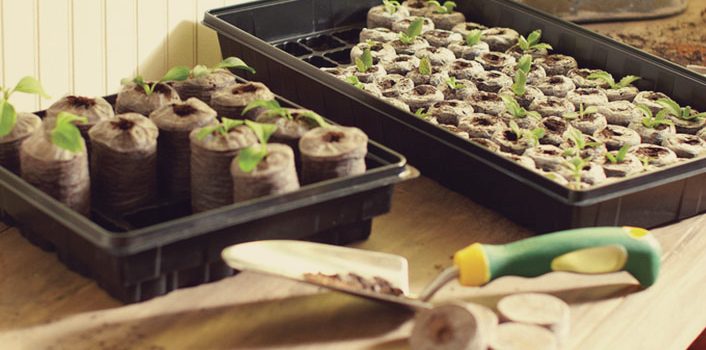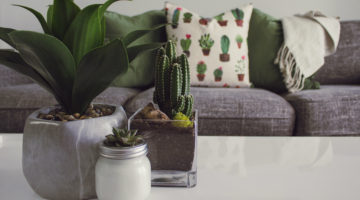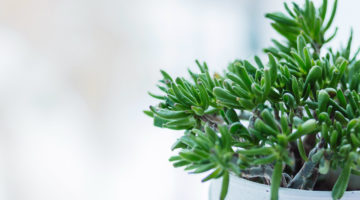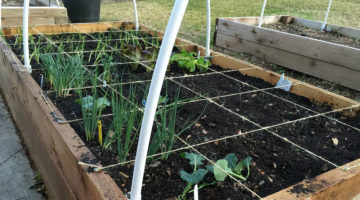It might seem that May is way too late to start you seeds and for you to successfully grow big and healthy plants, but the truth is that it is never too late, because it all depends on what, where and how you grow your plants. For example if you are thinking of growing the plants outdoors, then May is the perfect time to plant beets, carrots, different herbs, peppers, tomatoes and many other similar veggies, because in May usually the warm weather has finally arrived and in most places you won’t have to worry about frost anymore that could damage your plants and stunt their growth, letting you use the weather conditions and perfect soil to your advantage. But if you are thinking about growing plants indoors on your windowsill or even under grow lights such as T5 fixtures, then anytime will be the best time to plant you seeds and start your plants. So let’s find out how start your seeds in a way that will later reap the biggest yields.
For those who aren’t that familiar with gardening or just want to know a little more background on it, first I will talk a little about what seeds are and how they work. Basically each and every seed is a small plant kit that contains most things that the plant needs to start germinating. I’m talking all the basic nutrients, so that the plant can start growing. And all the seed needs to start using those nutrients to grow is warm and damp place to put its roots in and a little water, so that the outer shell of the seed can dissolve, letting the plant start its germination.
And this also is the reason why we usually plant our seeds in damp soil and add a little water to it, because that will ensure that the plant will stare germinating. As for what type of soil you need to use, if you are planning to just germinate the seeds in the soil and later replant them somewhere else, then you will be fine with the most basic soil that doesn’t contain any additional nutrients, because like I said, the seeds already has everything they need to start the growth themselves. But if you plan to grow your plant from start to finish in the same soil, then I would advise you to plant the seeds in soil that has some additional nutrients, so once the plant starts growing, it can use them to grow even faster and bigger.
No for the main event, how to actually plant your seeds:
1. Buy your seeds, open their package and make sure that they are close by, since you will need them soon.
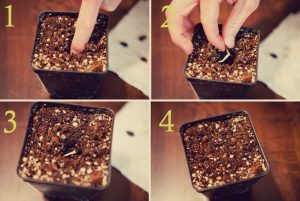 2. Get your soil ready for the seeds by dampening it, so the seeds have the environment they need to grow. Just make sure that the soil isn’t soaked with water, because seeds don’t like that type of soil.
2. Get your soil ready for the seeds by dampening it, so the seeds have the environment they need to grow. Just make sure that the soil isn’t soaked with water, because seeds don’t like that type of soil.
3. Now make a little holes in the soil and place a few seeds in each hole. By planting multiple seeds you ensure that if one of the seeds fail to start the germination process, there is back up.
4. Close up the little holes with seed in them, so that the seeds are covered with damp soil and can start growing.
5. Lastly make sure you monitor the humidity of the soil at least until the plant has sprouted, so that the soil is moist all the time. And give the seeds as much light as possible, because seedlings usually need a ton of light, optimally you should give them at least 15 hours of light.
And that’s all there is to properly planting seeds. After the plants has sprouted you can replant them or place them under grow lights, or do whatever else you want to do with them, because the seeds have sprouted and the plant has started to grow and develop. But if you feel that the seeds might not germinate, you can always add a seedlings incubator, humidity dome, plastic bag or grow light on top of the place where you put your seeds, to help create more favorable conditions for the seed to start its germination process. Or you can use cuttings from another plant instead of actual seeds to start new plants and grow the garden you want.

